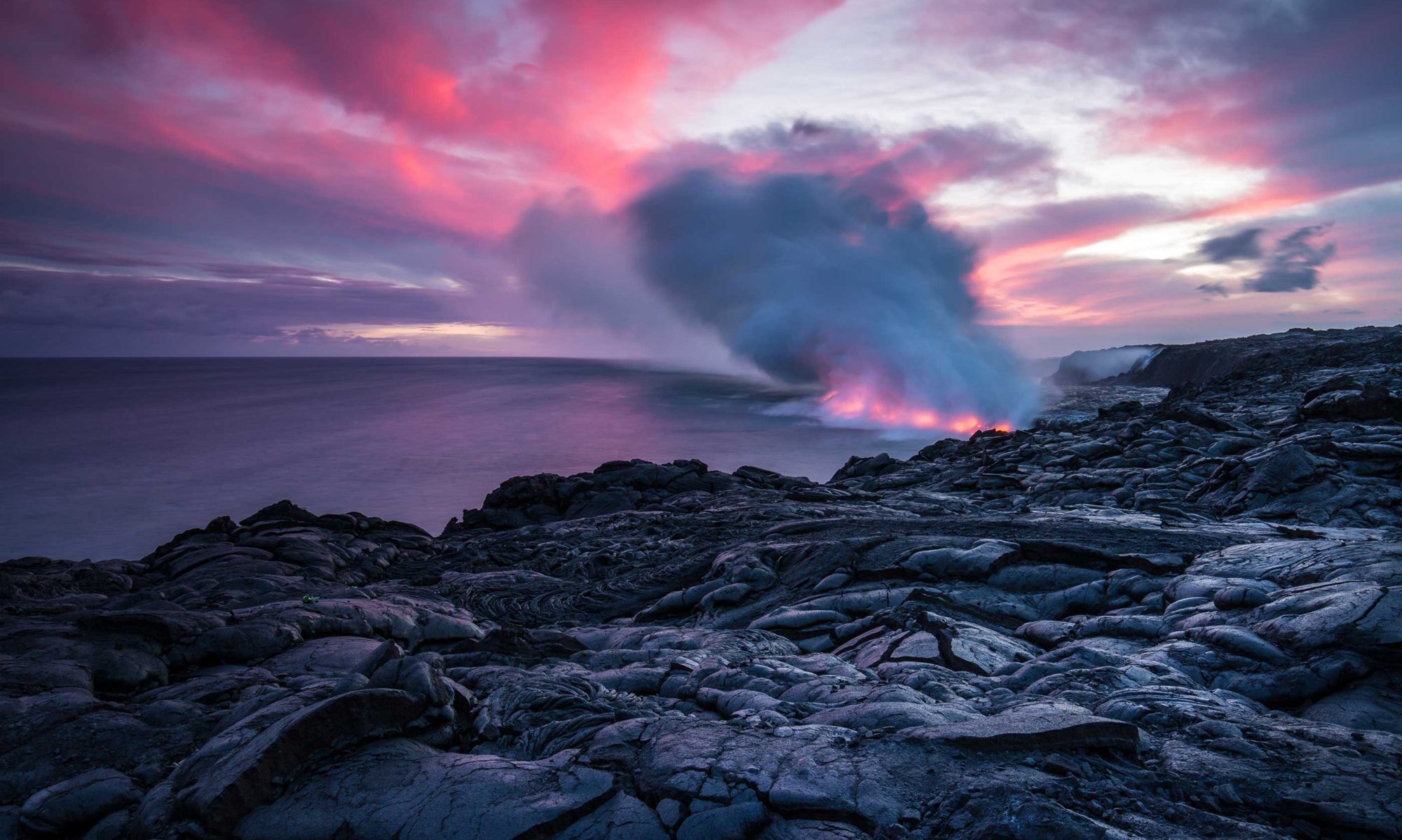Greenland’s ice sheet is the second-largest ice cap on Earth, and due to rising global temperatures, it is melting at an accelerating rate. While climate change has been intensifying atmospheric rivers—long streams of water vapor that transport heat and moisture from the oceans to colder regions—their impact on Greenland’s ice sheet is more complex than previously believed. A recent study suggests that under certain conditions, these weather events can temporarily slow ice loss by delivering massive amounts of snow.
In March 2022, an unusually intense atmospheric river hit Greenland’s ice sheet, depositing an astonishing 16 billion tons of snow. This unexpected snowfall offset the ice sheet’s annual melt by about 8% in just three days. Researchers Hannah Bailey, a geochemist at the University of Oulu, and Alun Hubbard, a glaciologist at the Arctic University of Tromsø, investigated this event by extracting an ice core from southeastern Greenland. Their findings, published in Geophysical Research Letters, show that atmospheric rivers can play a temporary role in ice sheet stability.
Bailey first took interest in the event while in Svalbard, where the same atmospheric river caused heavy rainfall. Wondering what it was doing 2,000 kilometers away in Greenland, she and Hubbard later traveled to the ice sheet to collect a 49-foot core of compacted snow. Ice cores provide a historical record of snowfall and climate conditions, and this one confirmed that the storm had delivered an extraordinary amount of fresh snow to Greenland. The researchers also found that this new snowfall increased the ice sheet’s reflectivity (albedo), helping to delay seasonal melting by nearly two weeks.
Despite this temporary gain, the long-term trend remains dire. Greenland’s ice sheet lost 80 gigatons of water in 2023 alone—equivalent to 2.5 million liters of water per second. The ice sheet has now been shrinking for 28 consecutive years, and if it were to melt entirely, global sea levels would rise by over 23 feet. Climate models predict that atmospheric rivers will become more frequent and intense due to global warming, potentially accelerating ice loss in the future.
Although the March 2022 event provided a short-term boost to Greenland’s ice mass, future atmospheric rivers may not be as beneficial. Rising temperatures could cause these storms to bring rain instead of snow, leading to even more surface melting. Scientists stress the need for further research to understand how these events will impact Greenland in the coming decades.
Glaciologist Alun Hubbard acknowledges that atmospheric rivers will not save Greenland’s ice in the long run. However, this study challenges the assumption that they always accelerate melting. “Under the right conditions, atmospheric rivers might not be all bad news,” he notes. Even so, with global warming continuing to intensify, the role of these storms in shaping the Arctic’s future remains a critical area of study.

